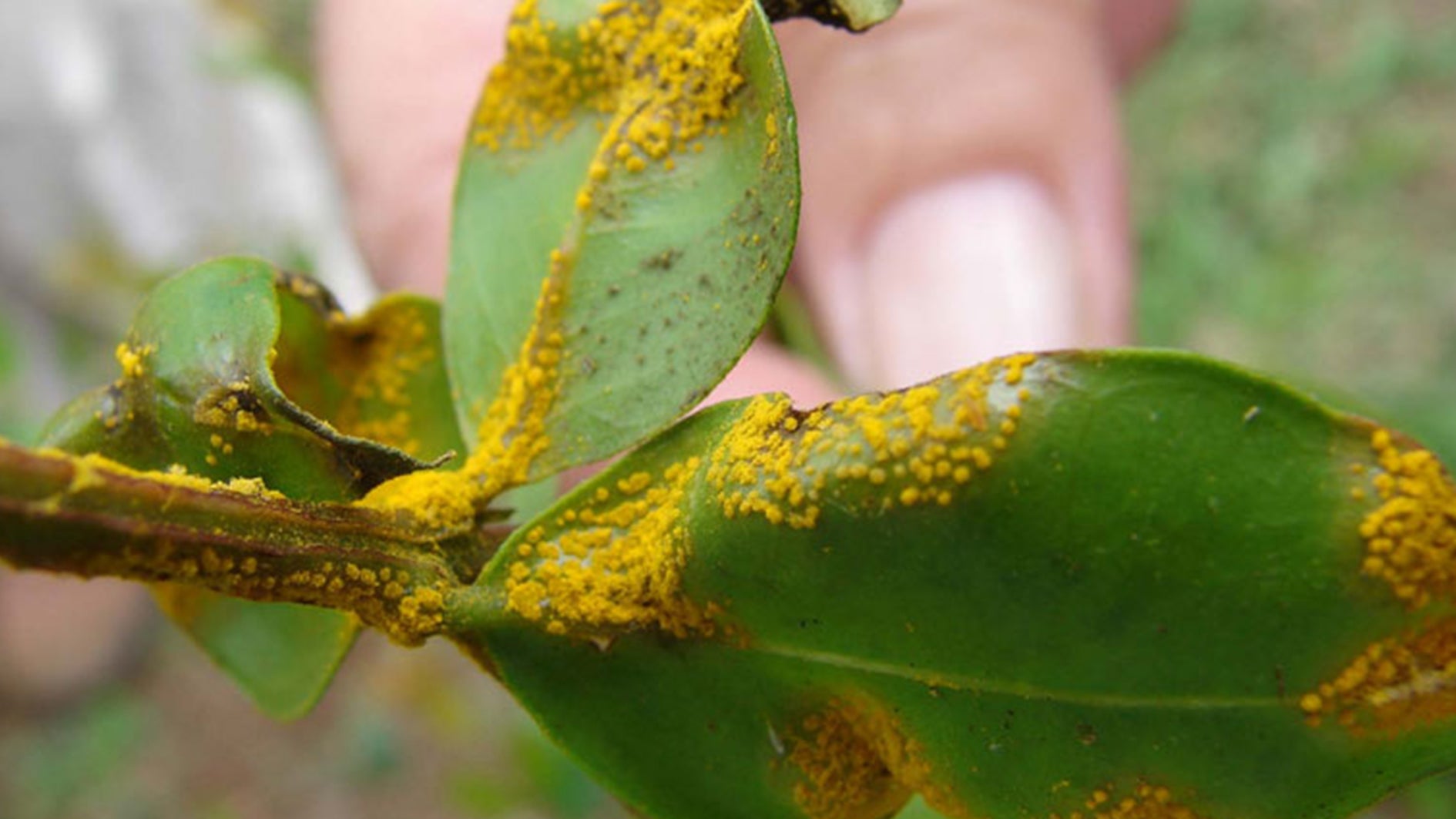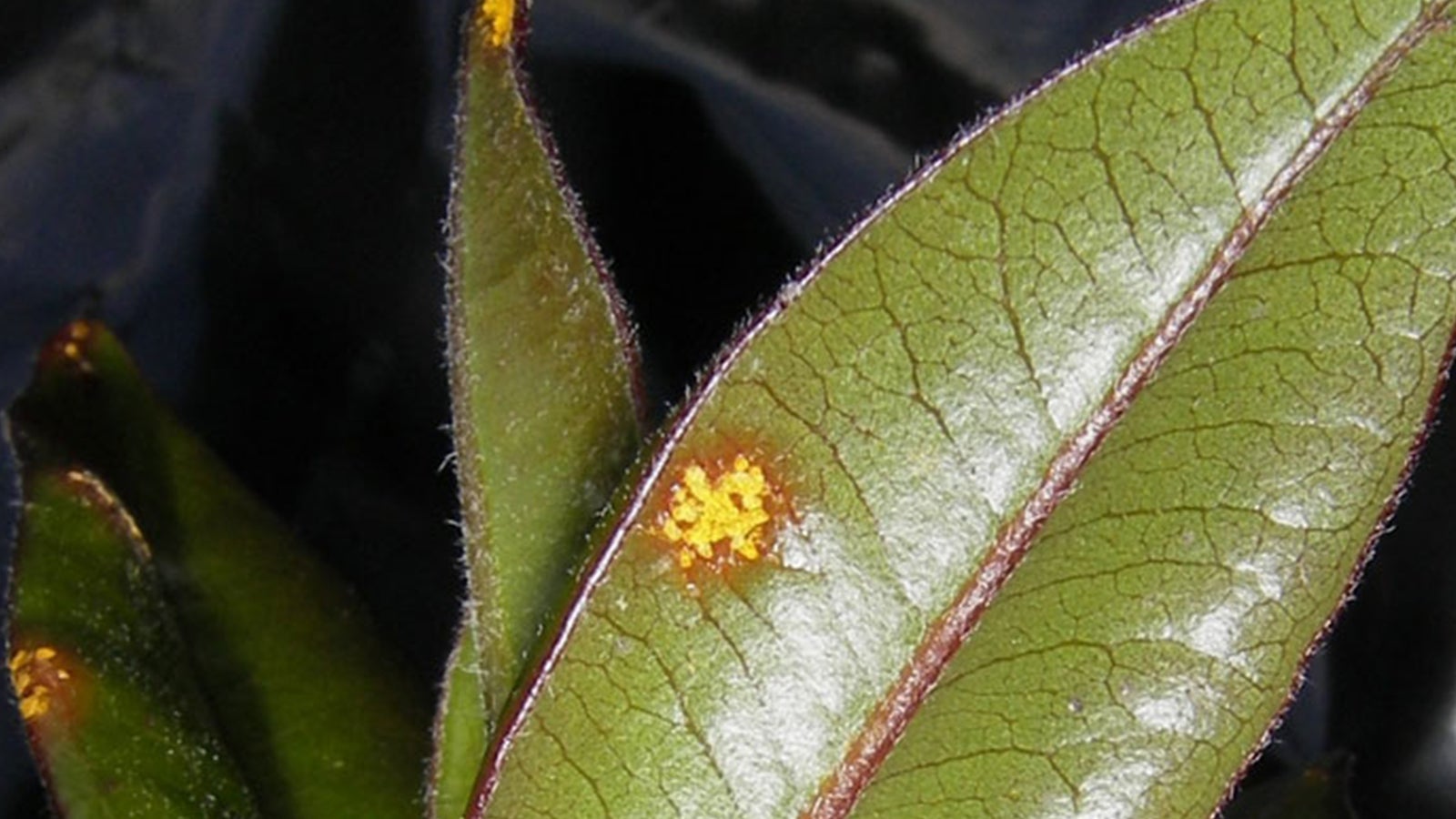
Myrtle Rust
16 Jan, 2021
The first detected case of the disease was in Northland in early May 2017. Since then it has been detected in various other locations across the North Island, including Taranaki, the Waikato, Auckland and Wellington. Myrtle rust is spread by microscopic spores which can easily be spread long distances by the wind. Currently the rust is believed to have arrived in New Zealand due to spores that were blown across the Tasman sea.
Currently, myrtle rust has an uneven distribution across the North Island, and on the top part of the South Island. It has also been reported from Christchurch. It is most likely to be seen during warm, wet conditions.
Risks to New Zealand
Severe infestations of myrtle rust can kill affected plants and have long-term impacts on the regeneration of young plants and seedlings.
It is not known how this disease will affect New Zealand species. Overseas its impacts have varied widely from country to country and plant species to species. However, there is the potential for it to have a major and harmful effect on many important New Zealand natives.
Identifying Myrtle Rust
Myrtle rust only affects plants in the myrtle family. If you are unsure what plants in your garden are potentially susceptible, check against the list of plants at the end of this article or feel free to come in and ask for more advice. However, do not touch or bring in samples if you suspect they have the disease.
It generally attacks soft, new growth, including leaf surfaces, shoots, buds, flowers and fruit.
Symptoms to look out for on myrtle plants are:
- Bright yellow powdery eruptions appearing on the underside of the leaf (young infection).
- Bright yellow powdery eruptions on both sides of the leaf (mature infection).
- Brown/grey rust pustules (older spores) on older lesions.
Some leaves may become buckled or twisted and die off.
What to Do
Stay vigilant! As gardeners it is important that we do our bit to try and help stop this disease from becoming a major problem.
Unless you are going to remove the plant DO NOT touch the plant as spores can spread easily. Report the infection on https://inaturalist.nz/ to help scientists and land managers track the spread of the disease. If possible provide some clear images of the infection to help the experts confirm the disease.
If you see infected myrtles in public parks and gardens you could report this to your local council.
For further information go to myrtlerust.org.nz for information on removal and how avoid the spread of this disease.
Possible Treatment
Currently there is no fungicide that will treat Myrtle Rust.
The best treatment is to avoid the spread of the spores.
